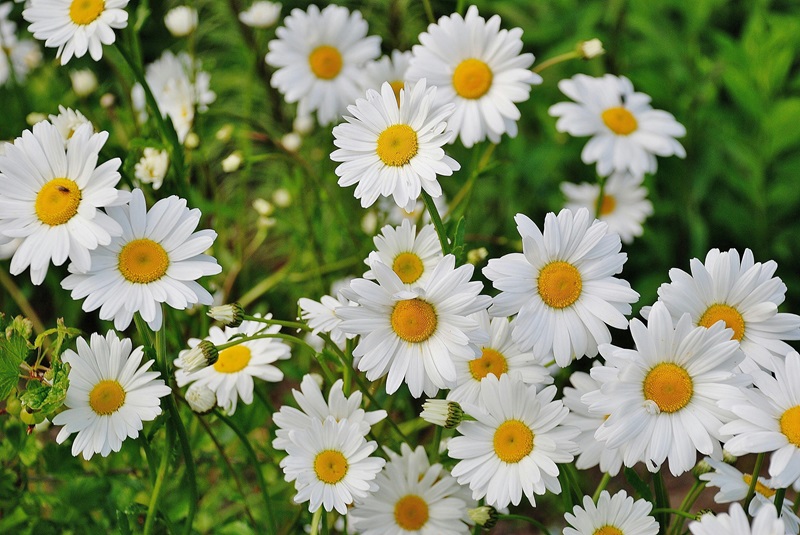Understanding the Impact of Temperature on Flower Growth

As a greenhouse flower grower, you have the advantage of controlling the temperature to create the ideal environment for your plants. In this blog post, we will explore how temperature affects flower growth and provide tips for maintaining optimal conditions in your greenhouse.
The Importance of Temperature in Flower Growth
Temperature influences various aspects of flower growth, including germination, photosynthesis, respiration, and reproduction. Different flowers have specific temperature requirements for optimal growth, which can range from cool to warm conditions. Understanding these requirements is essential for successful greenhouse cultivation. For example, consider the popular greenhouse flowers Gerbera Daisy and Orchid. Gerbera Daisy thrives in temperatures between 60-75°F (15-24°C), while Orchids generally prefer temperatures between 65-75°F (18-24°C) during the day and slightly cooler temperatures at night. (For more on specific flower temperature requirements, see our Knowledge Center article, “Optimal Temperatures for Healthy Blooms.”)

Germination: The Foundation of Flower Growth
Germination is the process of a seed sprouting and developing into a new plant. Temperature plays a vital role in determining the success of germination. Most seeds require a specific temperature range for germination, and if the temperature is too low or too high, the process can be delayed or even inhibited.
Photosynthesis: The Energy Source for Flower Growth
Photosynthesis is the process by which plants convert light energy into chemical energy to fuel their growth. Temperature affects photosynthesis by influencing the rate at which the plant’s enzymes function. Higher temperatures can increase the rate of photosynthesis, but if the temperature is too high, it can also cause damage to the plant’s enzymes, reducing the efficiency of photosynthesis.
Respiration: The Plant’s Energy Consumption
Respiration is the process by which plants break down stored energy to fuel their growth and maintenance. This process occurs through tiny pores called stomata on the surface of leaves, which facilitate gas exchange. Temperature affects the rate of respiration, with higher temperatures generally leading to increased respiration rates. However, if the temperature is too high, it can cause the plant to consume more energy than it can produce through photosynthesis, leading to reduced growth and potential damage.

Reproduction: The Flower’s Life Cycle
Temperature also plays a crucial role in the reproductive cycle of flowers. Many flowers require specific temperature ranges for successful pollination and fruit development. If the temperature is too low or too high, it can negatively impact the reproductive process, resulting in reduced flower production or even plant death.
Maintaining Optimal Temperature in Your Greenhouse
As a greenhouse grower, you have the advantage of controlling the temperature to create the ideal environment for your plants. Here are some tips for maintaining optimal temperature conditions in your greenhouse:
- Monitor temperature regularly: Use a reliable thermometer to keep track of the temperature in your greenhouse. This will help you identify any fluctuations and make necessary adjustments.
- Insulate your greenhouse: Proper insulation can help maintain a stable temperature in your greenhouse, even during extreme weather conditions.
- Use shading and ventilation: Shading and ventilation can help regulate the temperature in your greenhouse, particularly during hot summer months.
- Utilize heating and cooling systems: Invest in heating and cooling systems to maintain optimal temperature conditions in your greenhouse throughout the year.
- Consider greenhouse automation: Greenhouse automation systems can help you maintain consistent temperature conditions by automatically adjusting heating, cooling, shading, and ventilation systems based on your desired temperature settings.

Conclusion
Understanding the impact of temperature on flower growth is essential for successful greenhouse cultivation. By monitoring and maintaining optimal temperature conditions, you can ensure that your flowers thrive and produce abundant blooms. Remember, each flower has its specific temperature requirements, so be sure to research the needs of the plants you’re growing to create the ideal environment for their growth and development.
Are you interested in learning how we can help you maximize your greenhouse operation? Book a free meeting with one of our solution experts today.